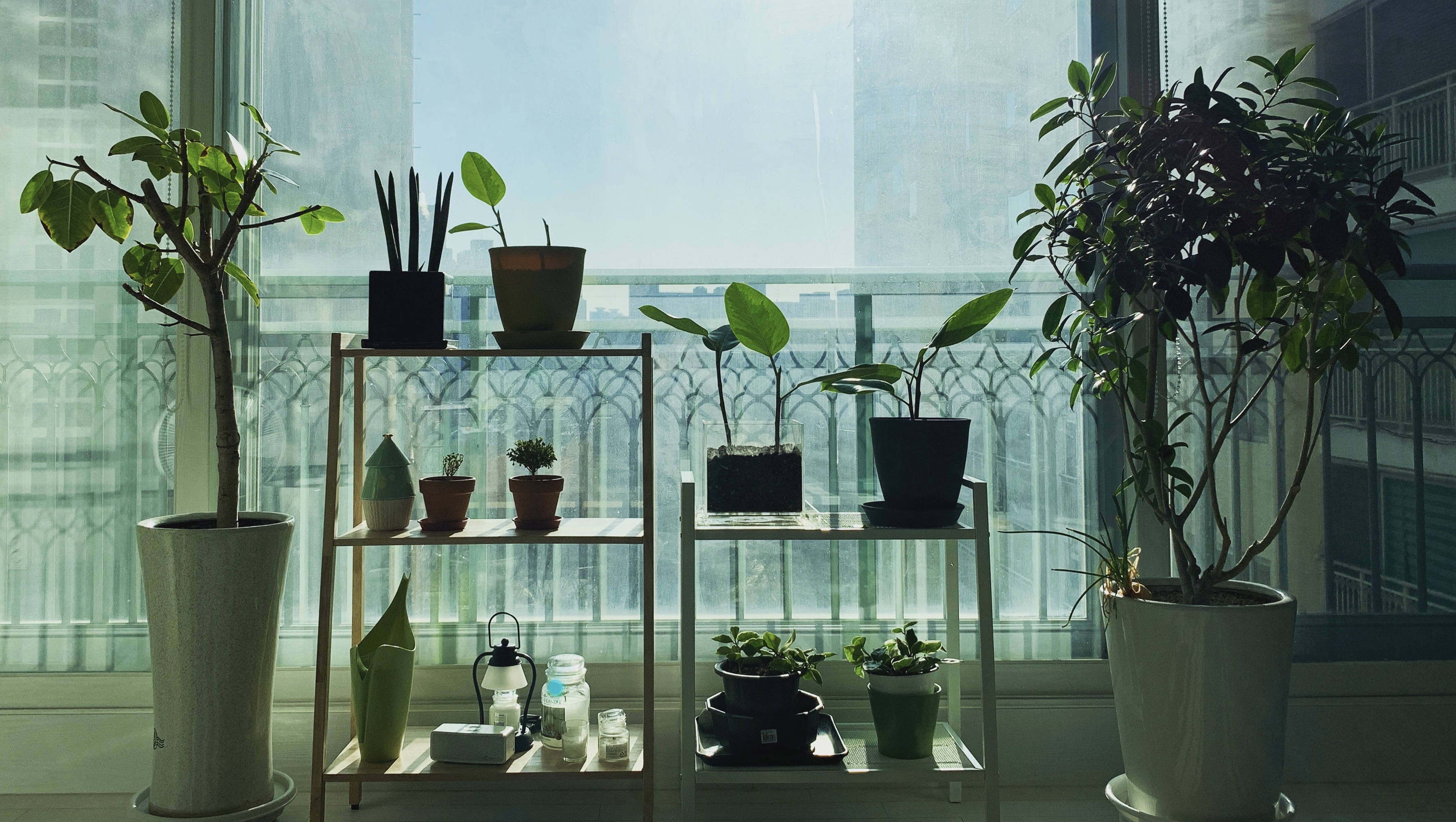A recent study from Washington State University underscores the increase in air pollution, but it’s not coming from dirty power plants or car exhaust. It’s from within our own homes.
This isn’t new. Environmental health researchers have studied and warned against this for decades, but only recently is it gaining more attention. In this study, researchers found surprisingly high levels of pollutants, including formaldehyde and possibly mercury, in carefully monitored homes, and that these pollutants varied through the day and increased as temperatures rose.
It turns out that roughly half of the gypsum used in homes as drywall is made from waste products of the coal industry. The researchers pulled a piece from the home, heated it up in their laboratory, and measured high levels of formaldehyde — as much as 159 parts per billion (the Centers for Disease Control, has set 8 parts per billion as posing a minimum risk level).
Sometimes opening a window can be a good thing!
My 15 tips for healthier indoor air quality:
Starting from square one can feel overwhelming. So make these changes in step-wise fashion rather than all at once.
1. If you cook with a gas stove or oven, always turn on your ventilation fan. Also make sure your home has a carbon monoxide monitor.
2. Place air-cleaning houseplants in every room (and remember to water them!).
3. Ventilate your house, best the old-fashioned way (a.k.a., opening windows, which doesn’t require additional energy usage). Of course, ensure there’s no outdoor source of pollution like smoke nearby.
4. Filter chlorine from your drinking water, shower and bath with a good basic water filter.
5. Avoid cooking, drinking, storing and heating in any type of plastic container. Also avoid soft drinks. Choose glass or stainless steel containers when available.
6. Choose stainless steel or ceramic pots and pans. Avoid Teflon or other non-stick cooking ware.
7. Use a vacuum cleaner that has a HEPA filter to trap dust (household dust, when tested, carries a lot of indoor air pollutants on it) and allergens. Vacuum often (3 times a week).
8. Use a HEPA air purifier in your home and office to reduce allergens.
9. Avoid anti-bacterial soaps with Triclosan.
10. Avoid personal care products that contain “fragrance” in the ingredients (essential oils are fine).
11. When possible, remove carpets, and install low VOC wood or tile flooring instead.
12. Reduce plastics that off-gas around your house: vinyl shower curtains, synthetic carpets and rug padding, large plastic toys, etc.
13. Use household cleaning products made with biodegradable compounds, or make your own (See my 2 favorite resources below for instructions).
14. Choose paints and other solvents that are low- or no-VOC.
15. Reduce products with polyurethane foam treated with flame retardants, especially those that say they “meet TB117 California flammability standards.” Better choices: polyester, down, wool, or cotton.
A healthier planet leads to healthier lives on the personal and global level. Support policies and practices that contribute to keeping our environment clean, supporting small biodynamic and organic farms, and promoting awareness around reducing, recycling, and reusing.
My 2 favorite resources for home and personal care products:
1. Environmental Working Group:
Which personal care products (from sun screen to lipsticks to lotions) are the best to use?
When insect repellent is warranted, and which one for what bug?
2. Because Health:
What do you need to know before your next DIY project?
How to protect your sperm?
What’s helpful to know when you have a dog?
The above suggestions are helpful to reduce exposure to harmful chemicals and/or radiation. They’re protective. To learn more about how to detox your body of chemicals you may already have been exposed to, read my previous blog.


Leave A Comment